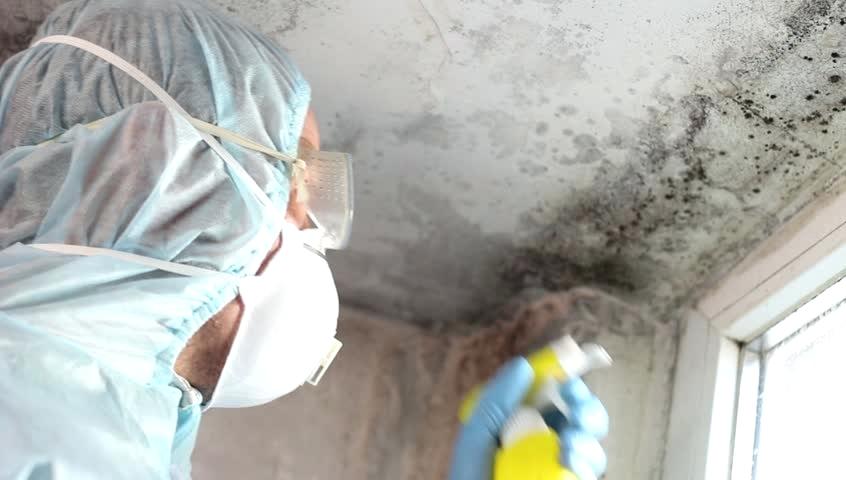Mold removal from air ducts and HVAC systems often requires a comprehensive multi-step process to be fully effective. This includes cleaning, containment, remediation, dehumidification and source control. Each step is important for thoroughly removing mold while preventing health risks, equipment damage and future regrowth.
Cleaning uses high-pressure washing and detergents to dislodge mold and debris from duct surfaces and components. Powerful pressure washers can penetrate porous materials to lift even deeply embedded mold deposits before they are carried away by the cleaning solution and pressure washer’s suction. This step removes the bulk of visible mold to provide an initial deep clean.

Containment
First,it seals off and isolates the area of mold removal to contain spores within the work site. Plastic sheeting is used to seal off grilles, vents and any openings to the ducts or HVAC system. This prevents spores from circulating into building spaces during removal procedures. Containment is critical for limiting health risks.
Remediation
Then,it removes and properly disposes of any porous, soaked or damaged materials that cannot be effectively cleaned for mold. Things like duct board, filters, insulation, carpeting, etc. may need to be removed if heavily moldy. Remaining mold and debris are also disposed of properly according to EPA guidelines. This step helps eliminate lingering mold problems to prevent regrowth.
Dehumidification
Also,it uses industrial dehumidifiers to lower humidity levels in any areas where mold removal took place. Mold needs humidity over 60% RH to thrive, so reducing and controlling humidity helps create an unfavorable environment for mold and maintains an ongoing Dry Environment. This step, combined with source control, helps prevent future mold issues.
Source control
Finally,it identifies and fixes any sources of excess moisture that allowed for initial mold growth. Issues like air leaks, condensation, flooding, high humidity outdoor air, etc. are repaired or eliminated through source control. Improved ventilation, dehumidification, insulation or repairing/sealing leaks can provide this control. By addressing root problems, long term prevention of new mold growth is achieved.
In summary,following the full multi-step process of cleaning, containment, remediation, dehumidification and source control helps ensure mold removal is complete and effective. It protects health and safety, avoids damage to HVAC equipment, lowers costs and creates optimal Indoor Air Quality by eliminating mold and controlling humidity to prevent regrowth. Be sure to hire a reputable mold removal professional to perform this important process on your HVAC system and air ducts.

